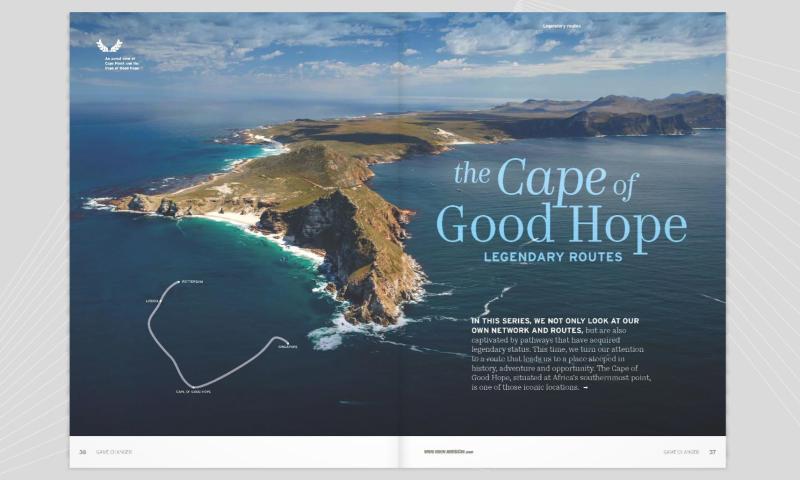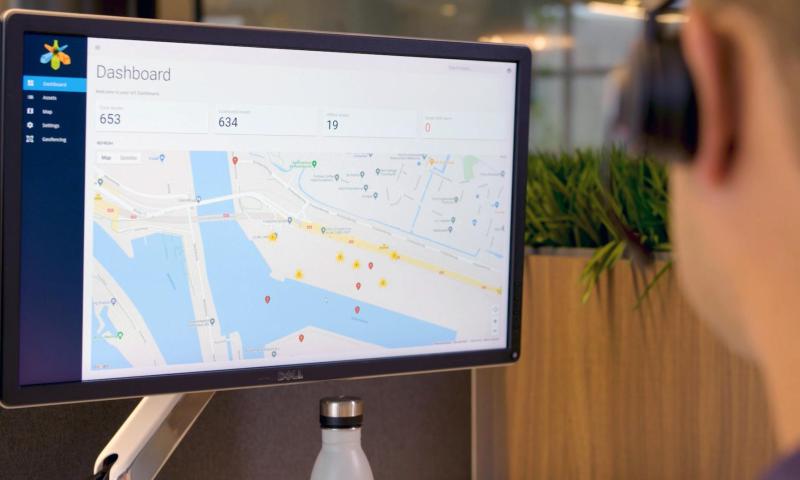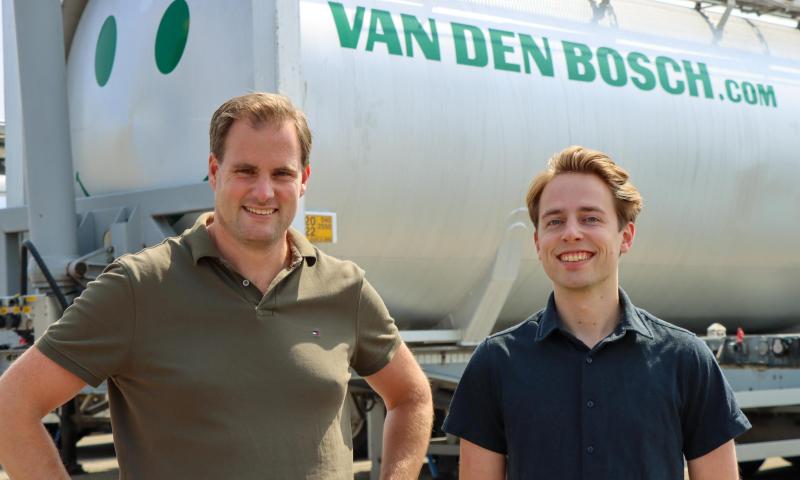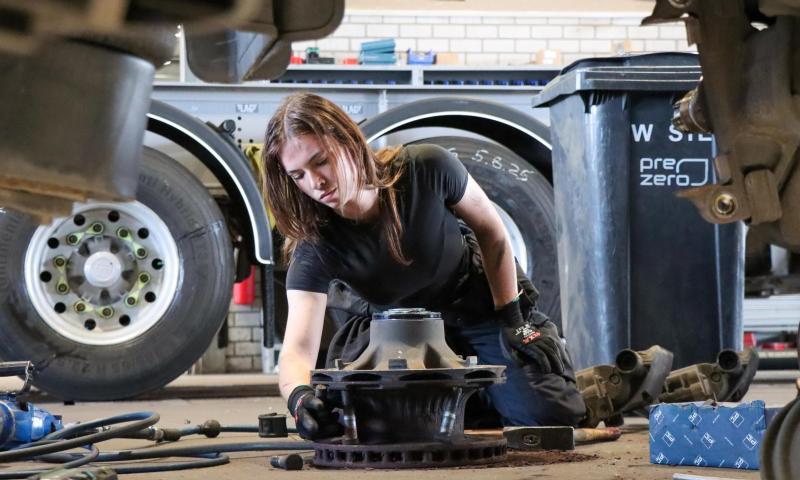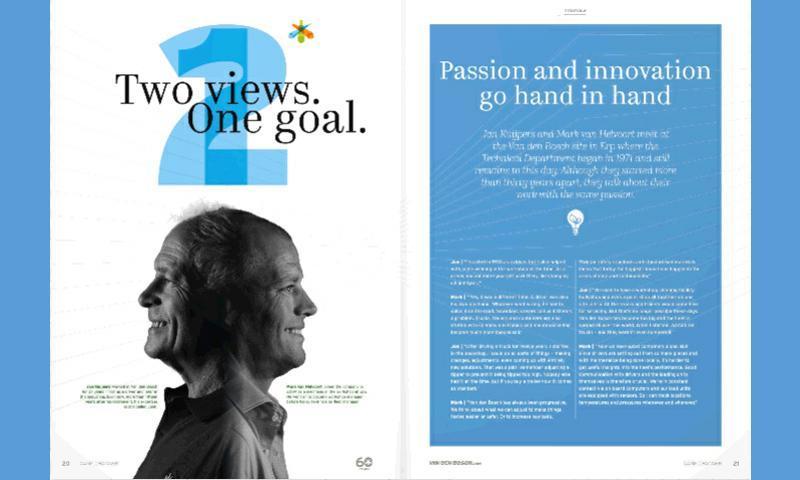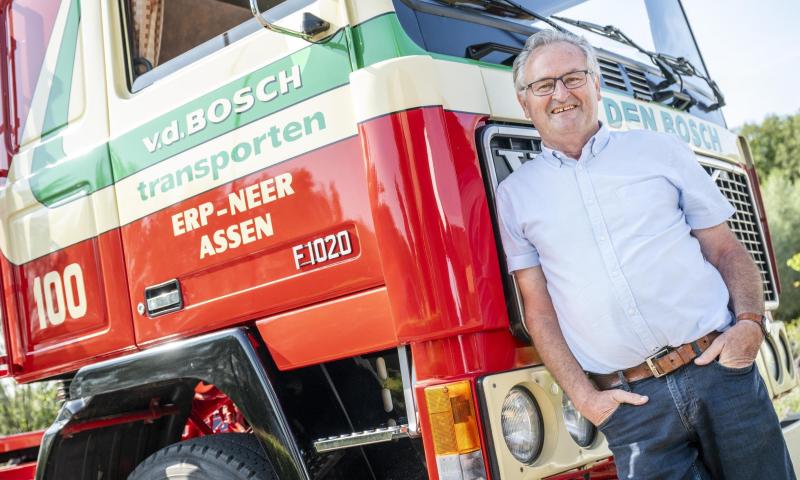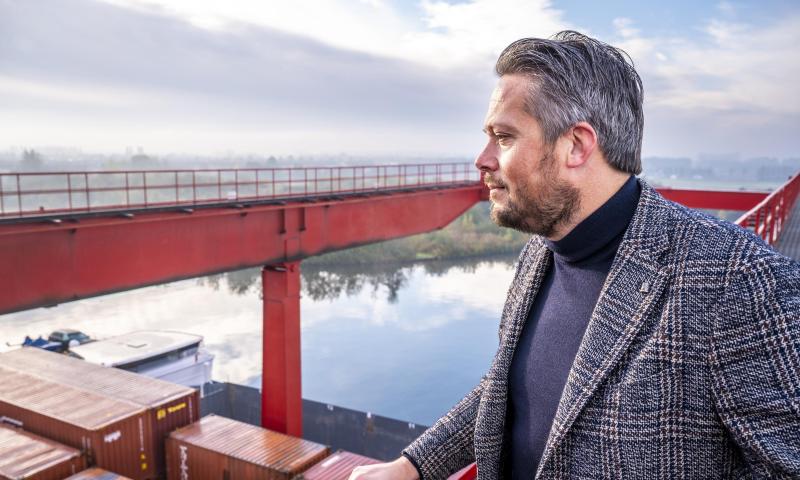Market Insights
"Continuing on the present road is no longer an option"
Column by Paul van de Vorle
The logistics sector is under huge pressure. Demand is increasing, costs are rising, and the driver shortage is worsening. The question that concerns us all is: How can we guarantee supply chain reliability?
Whereas the global economy almost came to a standstill at the beginning of 2020 due to the Covid pandemic, in 2021 it rebounded – with unprecedented force. The general demand for goods is increasing rapidly, creating major challenges. Not only manufacturers, but logistics service providers too are finding it difficult to keep up. The increasing shortage of drivers is creating even bigger challenges.
Call for greener logistics
In addition to cost and reliability, the rise of intermodal transport is fuelled by a third important aspect: sustainability. '30 by 2030' is a frequently heard watchword. It refers to Europe's goal of converting 30% of long-distance traffic to a more sustainable alternative by 2030. The call for greening within the industry is also growing. Whereas in the past the cost was sometimes a restraining factor, now we see that this gap is closing and that a modal shift offers many advantages, such as saving on fuel and labour, reducing empty kilometres and increasing the payload.



